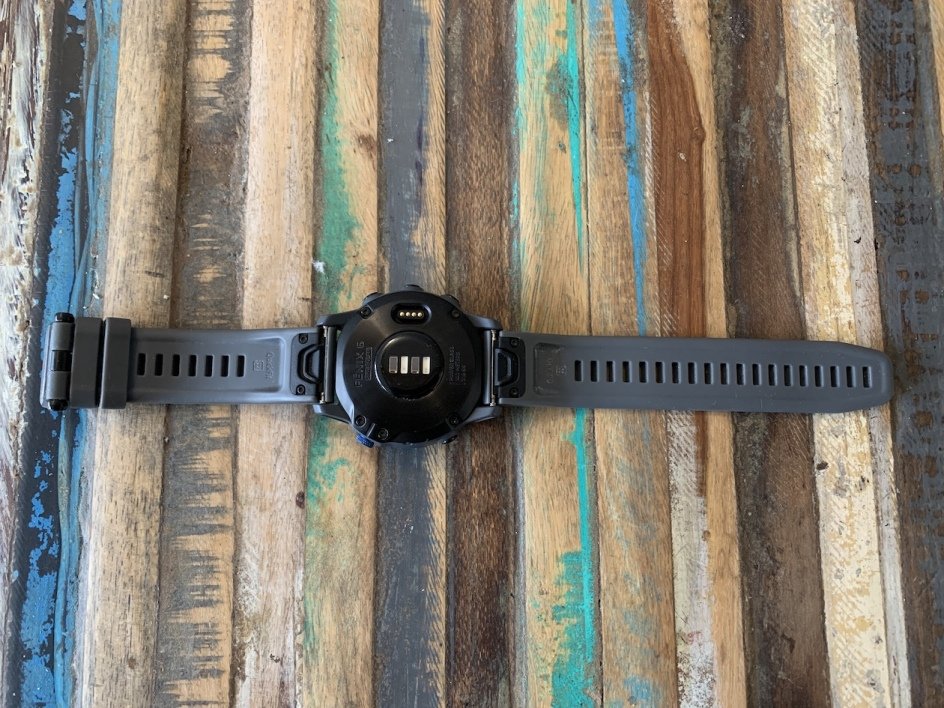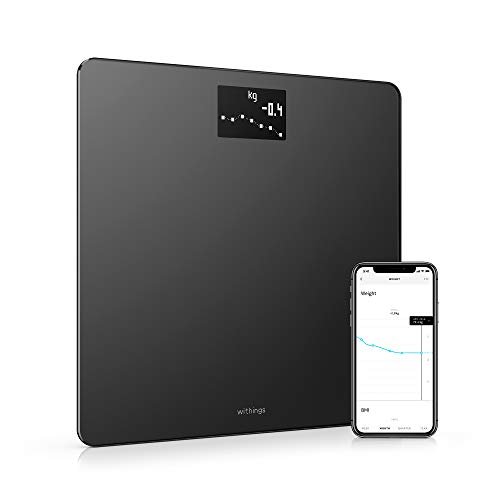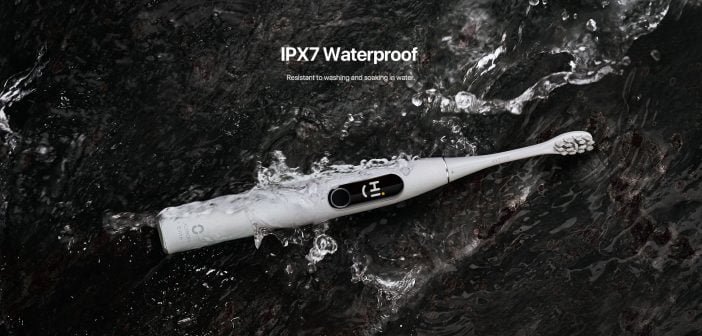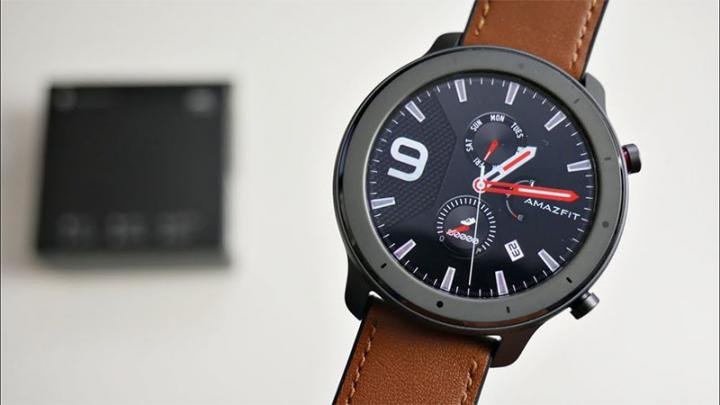Last year, Garmin unveiled a very special watch with a solar charging filter. This year, the American manufacturer has decided to deploy this technology over a large part of its range. The one that benefits the most, unsurprisingly, is the Fenix 6 Solar which is still taking a step forward in terms of autonomy. However, the addition of this feature has a cost and it is probably not trivial if Garmin left the classic version of its Garmin Fenix 6 pro in the catalog. Does solar charging justify paying $100 to $150 more for a watch?
The Fenix 6 better?
It is not insulting the know-how of Garmin engineers to indicate that they have kept a good part of the Fenix 6 in the development of its Solar version. Indeed, the two products are similar in many ways and most of the work consisted of integrating homemade solar charging into the most complete watch in the catalog. Since we have already thoroughly tested the Fenix 6 last year, we will not go into the fundamental functions of the watch in detail. On the other hand, we strongly advise you to reread our Review before taking a serious interest in the Solar version.
A screen like no other
While on most high-end smart health connected watches, AMOLED reigns supreme, Garmin favors a less consensual technology, the LCD. This is a perfectly accepted choice on the part of the manufacturer, who here targets athletes more than aesthetes.
Indeed, in direct sunlight, or even when visibility conditions are difficult, the reflective LCD (which uses ambient light as a source of illumination) is very effective. On this point, Garmin’s position is clear: prioritize efficiency over aesthetics. Indeed, for a demanding runner, it is inconceivable not to have a clear vision of the information on the screen, to have to struggle with his watch or to have to adjust its brightness. In racing, the watch should be an advantage and not a source of concern. It doesn’t matter if the colors are less shimmering than on a Samsung Galaxy Watch 3.
Finally, the other major criterion for users is that their high-end sports watch can follow them on long outings, or failing that, it does not need to be recharged every two days. Here again, this type of LCD, which requires less light resources, better meets the autonomy requirements of a Garmin.

Focus on Garmin’s “solar” technology
Now we come to Solar technology. This is undoubtedly the great novelty of this new edition of the Fénix 6. It is actually a filter which is applied to the dial and which functions like a solar window. That is to say that between two layers of glass making up the watch screen (including the protective one in Gorilla Glass), Garmin has added another layer of horizontal bands of acrylic glass so as to redirect the perceived light towards cells. solar. This technology was developed by a French company based in Aix-en-Provence and which has since been acquired and integrated into Garmin.

At first glance, when you look at the watch, this solar layer is invisible. And for good reason, the readability of the watch should not be reduced. On the other hand, by dwelling a little on the Fénix 6 Solar, it is possible to perceive a slight copper band around the perimeter of the dial. This more opaque area is the most efficient in terms of energy recovery, since it alone collects 80 to 90% of it.
Concretely, this solar recharge is not an additional battery in the watch which would be consumed once the main battery is flat. It is also not an independent battery. In any case, the solar energy captured does not do without conventional recharging. In reality, Solar technology should be seen as a range extender, variable depending on the light conditions. Indeed, Garmin considers that 3 hours of exposure to the sun at 50,000 Lux (a sunny day) can increase the autonomy of 3 days. This exposure time must be doubled when the weather is cloudy to obtain the same result.

In fact, we were able to use the watch in a wide variety of conditions and in all kinds of weather. Regular users of a Fenix 6, we can see that the Solar version actually lasts longer. How ? This is what is most difficult to determine of course, because the autonomy varies according to the use of the watch. In our case with two to three physical activities per week (approximately 1 hour), and a few activated notifications, we achieved 12 days of use without recharging, two more than on our classic Fenix 6. Our observations are therefore quite close to the figures announced by the manufacturer. Above all, the sports watch shows itself without rival when activating the energy saving mode. In this configuration the autonomy would vary from 48 to 80 days depending on the use.
In other words, Garmin, which was already among the manufacturers of watches capable of delivering the best autonomy, has managed to improve further on this point. One regret all the same: the absence of a “Sapphire” version for the Solar version. Indeed, the most resistant screen of the brand does not adapt well to the solar charging filter, at least for the moment.
Power management: laborious menus
Adding a major function is not everything, it is also important to give the user the means to appropriate it. However, in the management of solar charging Garmin does not simplify things for its users. A menu in the watch allows you to enter this functionality in detail. This is the “food manager”. Garmin’s desire is for everyone to be able to configure the watch as they wish and to be aware of the impact of each function on the autonomy of the watch.
If the intention is good, the execution leaves much to be desired. Of course, it is possible to create your own user profiles by choosing which sensor must remain active. But the process is laborious and not intuitive for a penny. As for the predefined menus, they give little indication like this “jacket mode” which only deactivates the cardio optical sensor.
It is, for example, unfortunate not to have real-time indication on whether or not to activate an option. In all cases, you must validate the profile and refer to the estimate of the overall autonomy of your watch. Just as it is a shame not to have access to this power manager on the Garmin Connect application and to have to configure it using the five buttons on the watch.
The most complete watch on the market
Garmin’s flagship already has a solid reputation as a multisport watch. In fact, this trail watch originally became a benchmark for “outdoor” activities. We will not go back to the monitoring of classic activities such as hiking, running or cycling. On these points the Fenix 6 Solar masters its subject as usual, aided by a particularly precise GPS and quality sensors.

The novelty of this 2020 version is the addition of activities that have also appeared on a few other watches in the range according to their specialty. This is all the advantage of the Fenix which does not encumber itself with this kind of subtleties and which simply offers everything Garmin does. This year, therefore, the Fenix 6 is able, in addition to the rest, to provide follow-up for surfing, climbing and mountain biking. To our regret, we were unable to Review the first two activities. On the other hand, when it comes to mountain biking, we were quite excited about the new capabilities of the watch. These are not entirely new, they have appeared with the Edge 530 and 830 bicycle GPS devices.
These new metrics assess the difficulty of a course (Grit), the fluidity of the descent (Flow), but also the quality of the jumps … for those who are able to do it! Above all, they make it possible to analyze its exit a posteriori. Indeed, on the Grit, the watch displays a score ranging from 0 to 60 which gives an idea of the complexity of a workout whether by its length or by its technicality. In terms of Flow, consistency throughout the journey is valued. In this case, it is, on the contrary, to aim for the lowest score meaning that there was no excess of intensity on the most demanding portions of the route. In all cases, the measurement is not only precise but also fun. As for the score, it is an effective way to generate motivation.




















